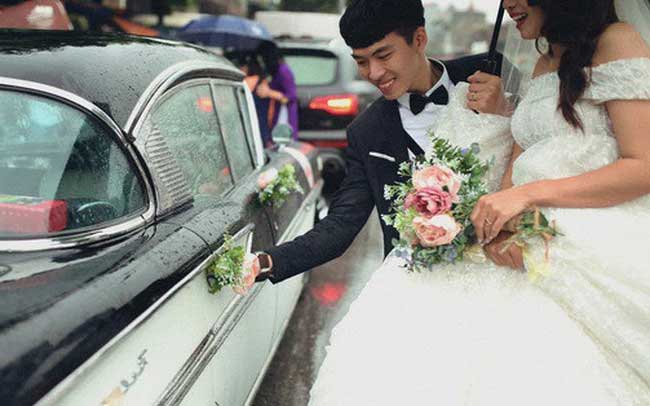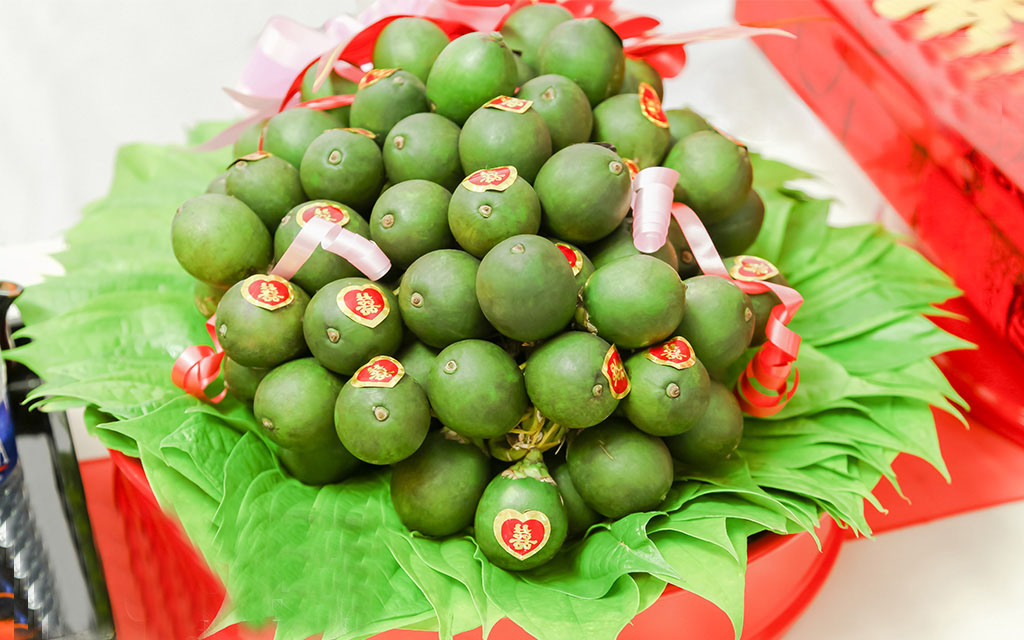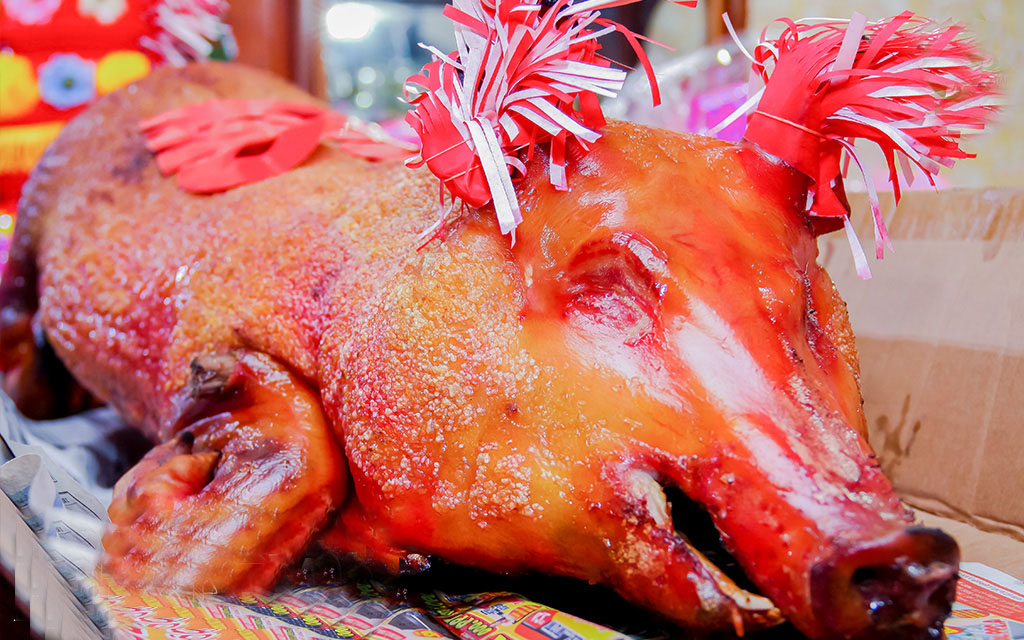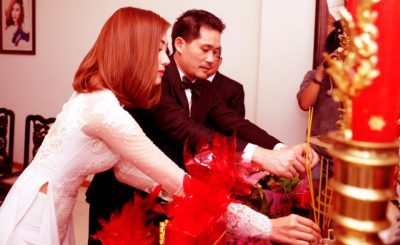Bridal Procession in Vietnam is one of the most important wedding ritual.
In Vietnamese culture, weddings are deeply rooted in tradition, and one of the most significant rituals is the **bridal procession** (rước dâu). This event symbolizes the official union of the couple and the formal acceptance of the bride into the groom’s family. The procession is not only a beautiful display of cultural values but also serves as a joyous occasion where both families come together to celebrate the love and commitment between the bride and groom.

The Importance of the Bridal Procession in Vietnam
The bridal procession is a key part of the wedding ceremony in Vietnam, marking the moment when the groom’s family formally visits the bride’s home to escort her to the groom’s house. This act represents the acceptance of the bride as a new member of the groom’s family, while also honoring the contributions and wishes of her own family. The procession is often filled with symbolic gestures and gifts, meant to bless the couple with happiness, prosperity, and fertility.
Preparation and Arrival
Before the procession begins, the groom’s family prepares a variety of ceremonial gifts or *sính lễ*. These items are carefully selected and presented in **red lacquered trays**, symbolizing good luck and prosperity. Common items in the trays include:
Betel leaves and areca nuts (trầu cau):
Symbolizing respect and tradition, these items are an essential part of Vietnamese weddings.

Tea and wine
Representing respect for ancestors and the bond between the families.
Fruits and sweets
Representing fertility and sweetness in the marriage.
Roasted pork or boiled chicken
Signifying wealth and abundance.

Sticky rice or glutinous rice cakes
Symbolizing unity and the closeness of the family.
The groom and his family, dressed in traditional attire (often **áo dài**) or modern formal suits, travel in a decorated car, sometimes accompanied by a fleet of cars or motorbikes, to the bride’s home. Upon arrival, they are greeted by the bride’s family, who carefully inspect the gifts as part of the ceremonial protocol before welcoming the groom and his family into their home.
The Rituals
Once the groom and his family are received, both families engage in a series of **ancestral worship rituals**. These include lighting incense and praying to the ancestors of both families to bless the couple’s marriage. The couple also performs these rituals together, symbolizing their respect for tradition and the joining of their respective family lines.
After the prayers, the bride’s family formally presents the bride to the groom. She is traditionally dressed in a red or golden “áo dài”, the traditional Vietnamese dress, which symbolizes luck and prosperity. The groom then places the wedding jewelry on the bride, which may include a necklace, bracelet, or earrings. This gesture represents his responsibility to protect and cherish her.
The Journey to the Groom’s Home
After the rituals at the bride’s home are completed, the bridal procession continues as the bride is officially escorted to the groom’s home. This journey is a crucial part of the ceremony, representing the bride’s transition from her family to her new life with the groom. Traditionally, the couple would be carried in a “palanquin”, but today they are often driven in a decorated car, followed by the rest of the procession.

Upon arriving at the groom’s house, the couple performs another round of ancestor worship at the groom’s family altar. The groom’s family formally welcomes the bride, and a small reception is often held before the larger wedding banquet takes place.
Cultural Significance
The bridal procession is rich in symbolism, representing not just the marriage of two individuals but the merging of two families. The exchange of gifts and the various rituals reflect the deep respect for family and tradition in Vietnamese culture. The procession also serves to affirm the roles and responsibilities each family holds in supporting the couple throughout their marriage.
In modern times, while the bridal procession has evolved with new practices and sometimes involves more simplified versions of the traditional steps, the core values of love, respect, and family unity remain central to the ceremony. The procession continues to be one of the most cherished moments in a Vietnamese wedding, encapsulating the cultural essence of commitment, respect for elders, and the joining of families.
Conclusion
The bridal procession in a Vietnamese wedding is much more than a ceremonial act; it is a symbolic journey of love, unity, and respect for both families. As a central element of Vietnamese wedding customs, it beautifully blends tradition with modern touches, celebrating the union of two souls while honoring the heritage and cultural values passed down through generations.
>>> Another Post: The Best Honeymoon Destinations in Vietnam.

